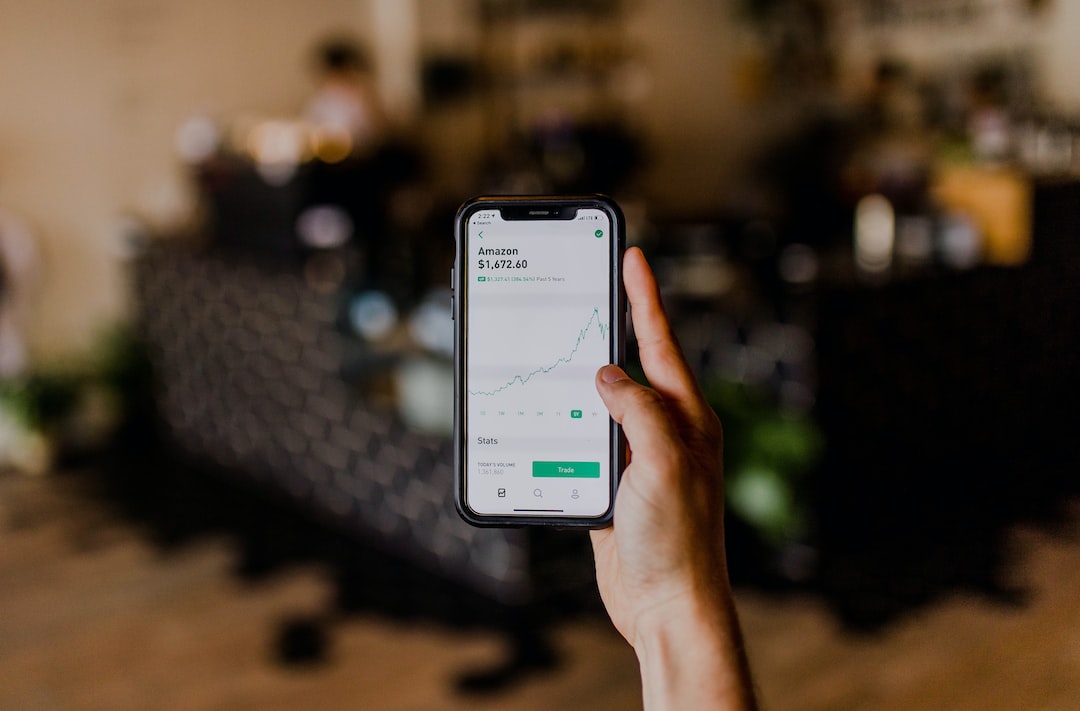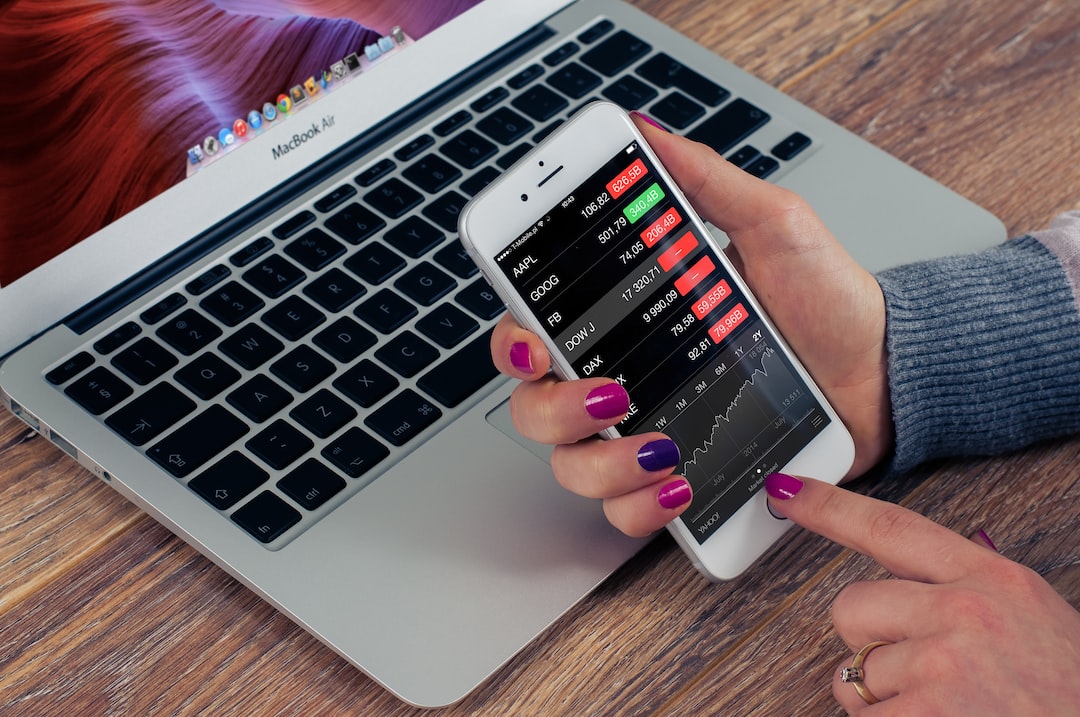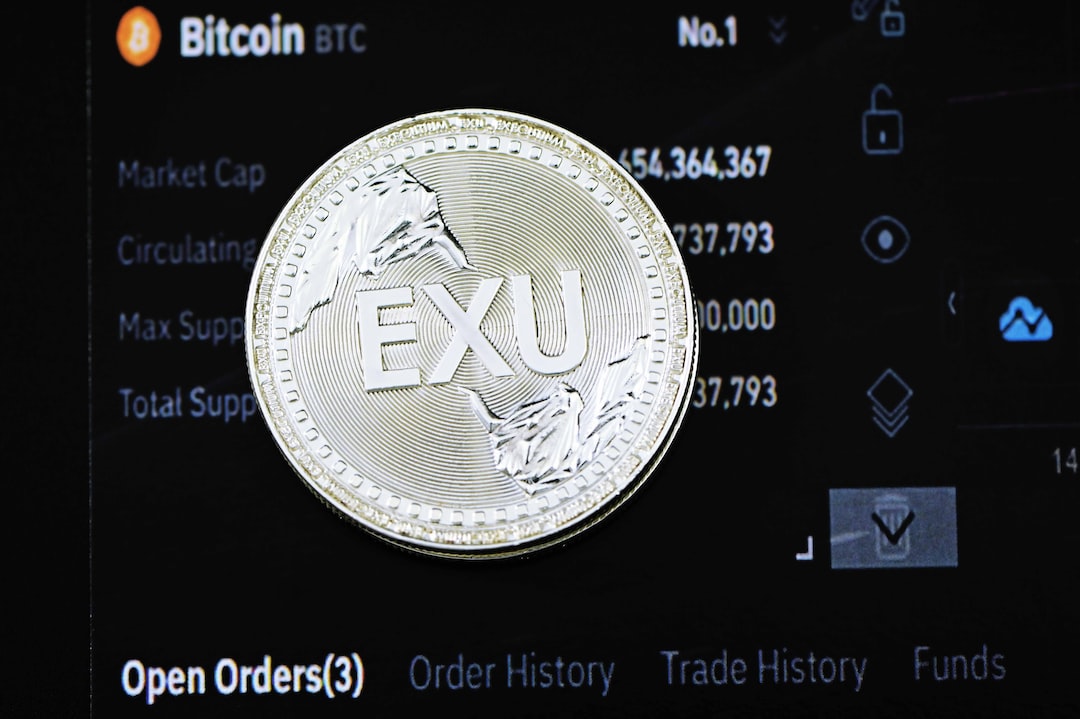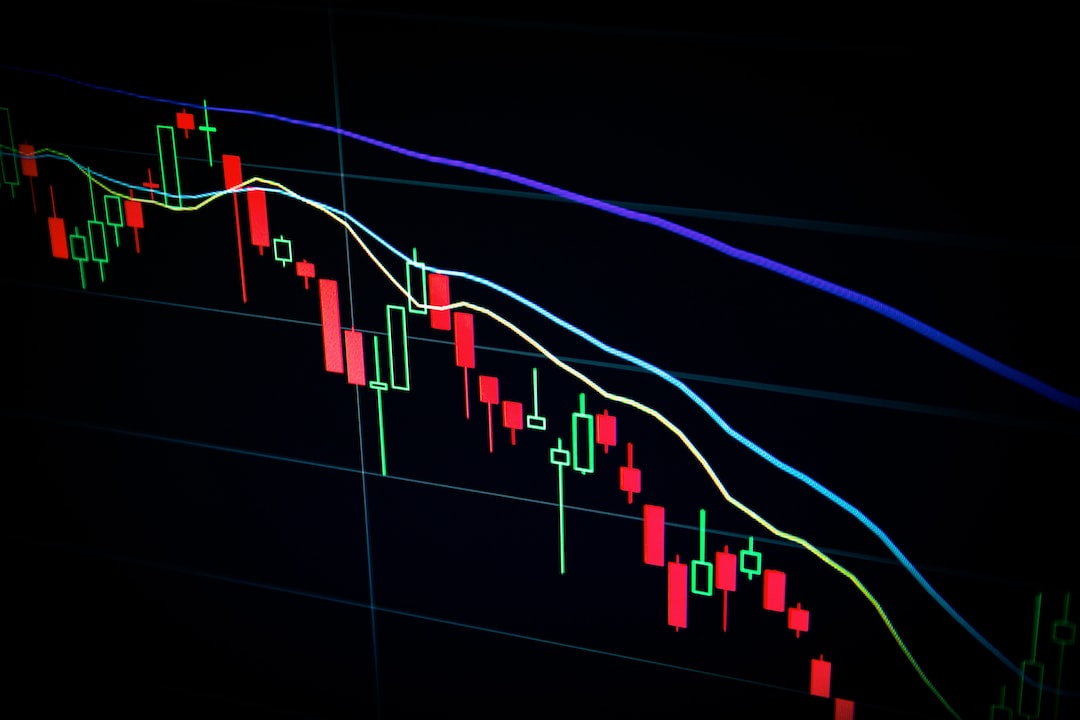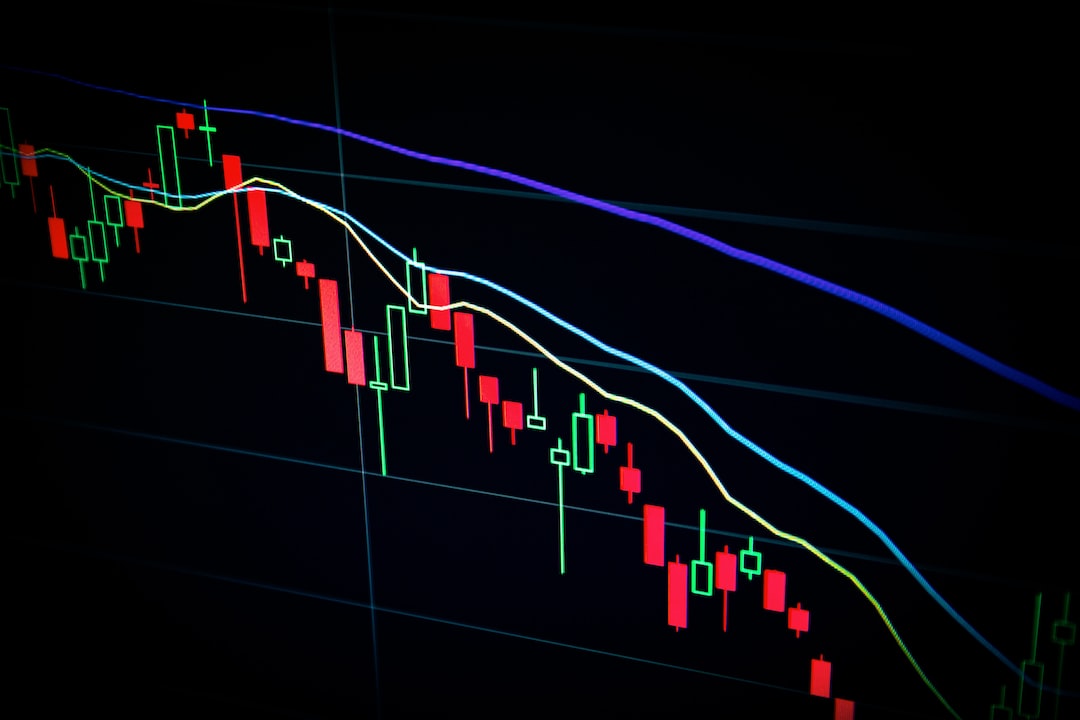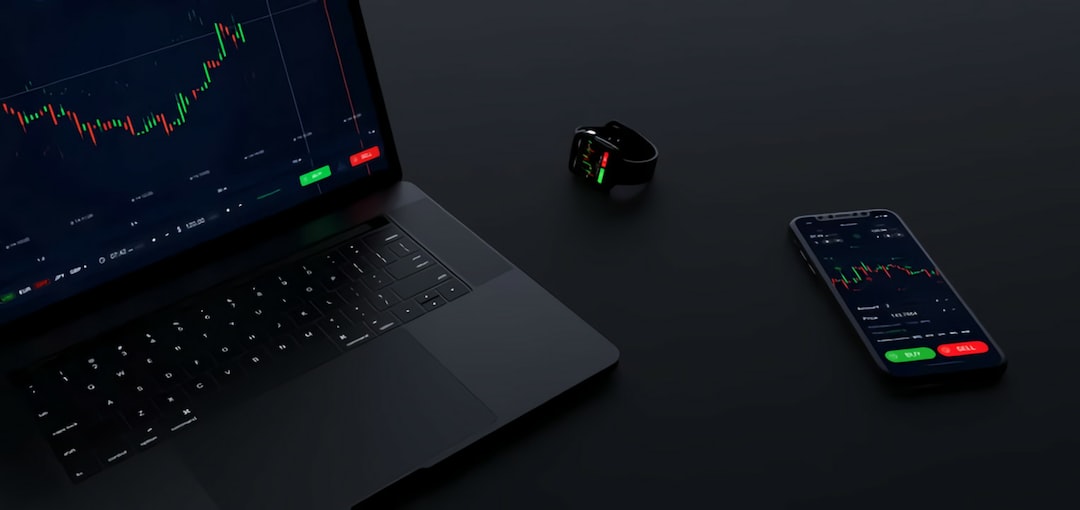Risk Management Strategies for Forex Trading Daily: Protecting Your Investments
Forex trading, also known as foreign exchange trading, is the largest and most liquid financial market in the world. With trillions of dollars being traded each day, it offers immense opportunities for profit. However, along with the potential rewards come significant risks. Without proper risk management strategies, traders can quickly find themselves losing their hard-earned investments. In this article, we will discuss some key risk management strategies that forex traders can implement to protect their investments.
1. Set Realistic Goals and Limits:
The first step in effective risk management is setting realistic goals and limits. Before entering any trade, it is crucial to determine the maximum amount you are willing to risk. This can be done by setting a stop-loss order, which automatically closes the position if the market moves against you beyond a certain point. Additionally, setting profit targets can help you lock in gains and prevent greed from clouding your judgment.
2. Diversify Your Portfolio:
Diversification is a fundamental risk management strategy that applies to all types of investments, including forex trading. By spreading your investments across different currency pairs, you reduce the impact of potential losses on your overall portfolio. Diversification can be achieved by trading different currency pairs with varying levels of volatility and correlation. It is essential to understand the characteristics of each currency pair and their relationship to effectively diversify your portfolio.
3. Proper Position Sizing:
Position sizing refers to determining the appropriate amount of capital to allocate to each trade. It is crucial to avoid overexposure to any single trade, as a significant loss can have a devastating impact on your trading account. Risking a fixed percentage of your total capital on each trade, known as the risk per trade, helps to ensure that you can withstand a series of losses without depleting your account. Generally, risking between 1-2% of your trading capital per trade is considered a conservative approach to position sizing.
4. Use Stop-Loss Orders:
Stop-loss orders are an essential tool for managing risk in forex trading. A stop-loss order is an instruction placed with your broker to automatically close a position at a predetermined price. By setting a stop-loss order, you limit your potential losses in case the market moves against your position. It is crucial to place the stop-loss order at a level that allows for normal market fluctuations while providing protection against significant losses. Traders often use technical analysis, support and resistance levels, or volatility measures to determine appropriate stop-loss levels.
5. Monitor Market Conditions:
Successful forex traders continuously monitor market conditions and adjust their strategies accordingly. It is essential to stay informed about economic events, geopolitical developments, and central bank announcements that can significantly impact currency prices. By staying ahead of the news, you can avoid being caught off guard by sudden market movements that can result in substantial losses. Many traders use economic calendars and news feeds to stay updated with relevant information.
6. Use Risk/Reward Ratios:
Risk/reward ratios are an essential component of risk management strategies. This ratio represents the potential profit compared to the potential loss on each trade. By carefully analyzing the risk/reward ratio before entering a trade, you can ensure that the potential reward justifies the potential risk. A favorable risk/reward ratio typically means that the potential profit is significantly higher than the potential loss.
In conclusion, forex trading offers tremendous profit potential, but it is not without its risks. Implementing effective risk management strategies is crucial to protect your investments and ensure long-term success in the forex market. By setting realistic goals and limits, diversifying your portfolio, proper position sizing, using stop-loss orders, monitoring market conditions, and analyzing risk/reward ratios, you can significantly reduce the impact of potential losses and increase your chances of profitable trading. Remember, risk management should always be a priority in forex trading to safeguard your investments.


